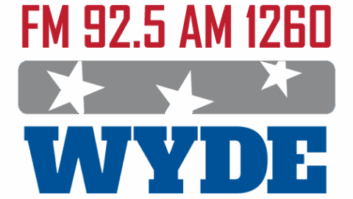
The government agency that regulates spectrum in the Dominican Republic released a statement about the use of HD Radio in that country. The agency is the Instituto Dominicano de las Telecomunicaciones, or INDOTEL; its president is Dr. David Perez. Here is the statement, sent to U.S. media outlets by INDOTEL through HD Radio proponent iBiquity Digital.
Our country’s radio history dates from 1926, and we could never have imagined what radio broadcasting would signify from that moment — not only for the Dominican Republic, but also for the rest of the world. The first FM transmissions in our country were begun in 1967, and today we have 235 FM stations and more than 155 AM stations. This creates a challenge for the implementation of digital radio due to the close channel allocations in our crowded radio spectrum.
The implementation of digital radio (HD Radio) has taken some time in the Dominican Republic, during which we have identified three points of consideration: The first is the interest expressed by the industry; the second involves broadcasters and regulatory standards; and the third issue is the education of the consumer.
It’s important to note that part of the industry has recognized the efforts made by the Dominican administration, because we have held several workshops and international forums on the subject. For example, we have enjoyed the support of iBiquity for the initiatives in the region, in an effort to build interest in this dynamic telecommunications sector.
There is currently an FM station in the city of Santo Domingo that is testing IBOC technology at low power. Until now, there have been no reports of any harmful interference to adjacent channels or to other telecommunications services.
Since its beginnings, this experimental station has broadcast classical and instrumental music programming. However, thanks to HD Radio, the station is now also offering two completely different programs. On its HD2 channel, it broadcasts popular music (Bachata), and there is a variety of music on the HD3 channel.
Another interesting detail is that this station, on 102.9 MHz, is a non-profit station which has plans to expand its coverage to reach the entire country. In order to achieve its goals, this station has used a strategy to reach the public that works well with its type of program. It has arranged for the distribution of hundreds of free receivers to commercial entertainment establishments, with the result that it has achieved great acceptance by its radio listeners in a very short amount of time.
HD Radio has demonstrated the advantages offered by digital broadcasting, showing that a classical music station can also offer other musical styles which are aimed at different market segments.
With regards to AM broadcasters, an effort is being made to bring two more stations on the air this year, including religious broadcasters. We have a formidable challenge with the channel assignments of our AM stations, because some of them are separated by only 20 or 30 kHz with a physical line-of-sight separation of less than 100 km in a country of just 48,000 square kilometers.







